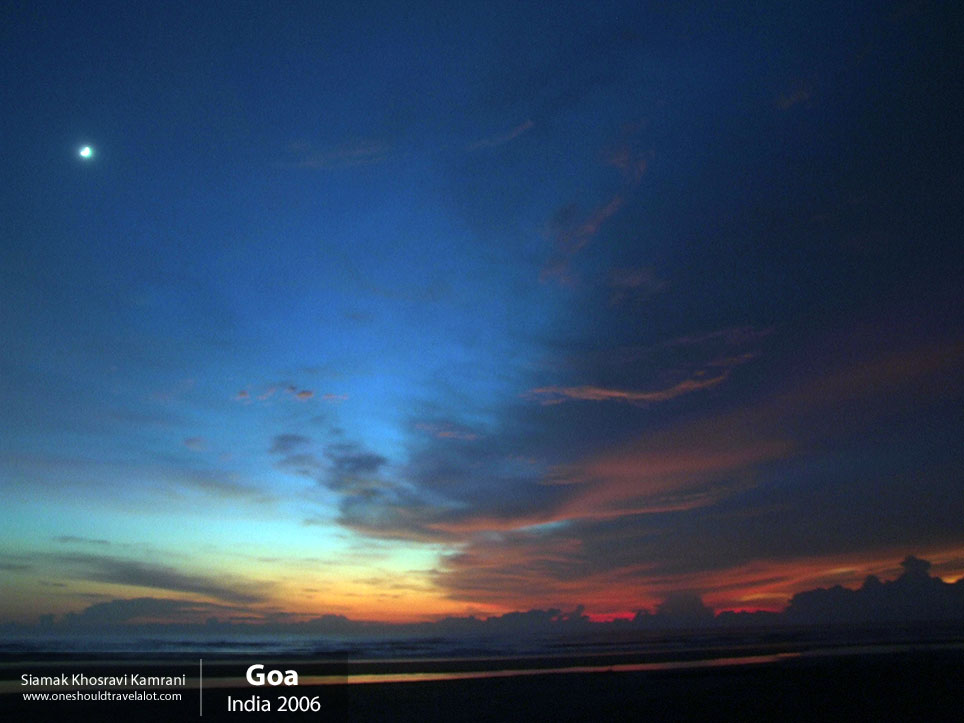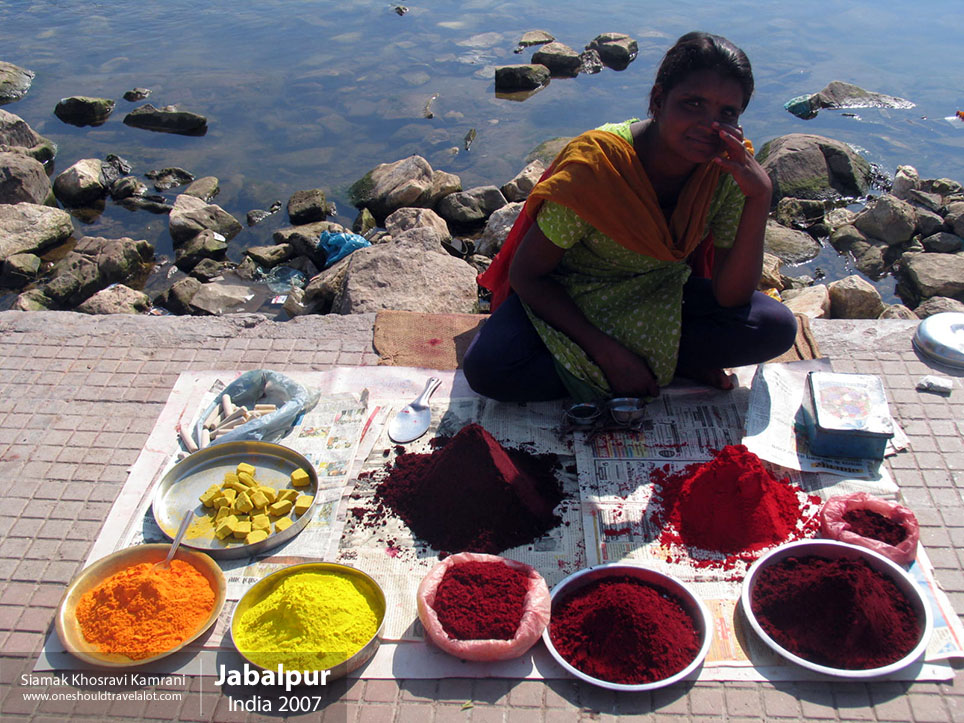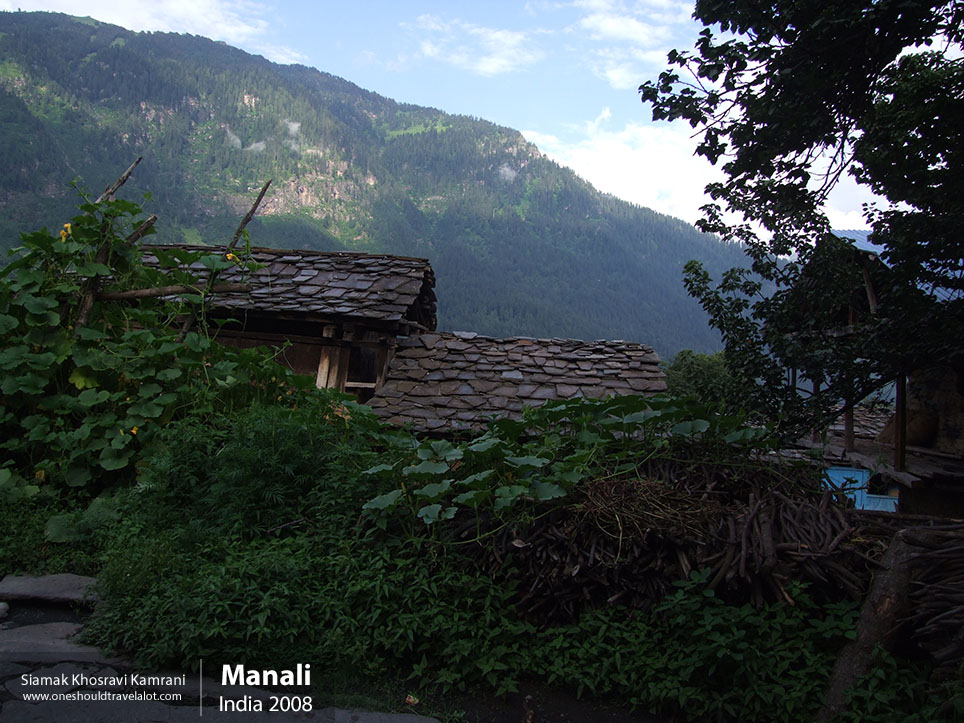Exploring Ki, India: Through the Lens of a Young Photographer
Nestled in the rugged terrain of the Spiti Valley in the Indian state of Himachal Pradesh, Ki (also known as Key or Kye) is a small, enchanting village that seems like a scene straight out of a dream. Its remote location and breathtaking scenery make it a hidden gem for travelers and photographers alike. Let me take you on a journey through Ki, as seen through my lens.
Arrival in Ki
As I approached Ki, the first thing that struck me was the sheer serenity of the place. The journey itself was an adventure, winding through narrow, steep roads flanked by towering mountains and deep valleys. The air was crisp and thin, a reminder of the village’s high altitude. My heart raced with excitement as the village’s iconic Ki Monastery came into view, perched precariously on a hilltop like a sentinel watching over the Spiti Valley.
The Ki Monastery: A Photographer’s Paradise
History and Architecture
The Ki Monastery, or Key Gompa, is the largest monastery in the Spiti Valley and has a rich history dating back over a thousand years. It’s a magnificent example of Tibetan Buddhist architecture, with its whitewashed walls, tiered structure, and labyrinthine corridors. The monastery has withstood centuries of invasions and natural calamities, and its resilience is mirrored in the faces of the monks who call it home.
As I wandered through the monastery, I couldn’t help but be mesmerized by the intricate murals and thangkas (Tibetan paintings on cloth) adorning the walls. Each piece of art told a story, a glimpse into the spiritual and cultural heritage of the region. The soft chanting of monks filled the air, adding to the ethereal atmosphere.
Capturing the Spirit of Ki
With my camera in hand, I explored every nook and cranny of the monastery. The early morning light filtering through the windows created a play of shadows and highlights, perfect for capturing the essence of this spiritual haven. I spent hours photographing the monks during their daily rituals, their serene expressions and flowing robes creating a sense of timelessness.
Life in the Village
The People of Ki
The villagers of Ki are a hardy and hospitable lot, their lives closely intertwined with the rhythms of nature and the monastery. Most of them are of Tibetan descent, and the influence of Tibetan culture is evident in their customs, language, and way of life. The primary language spoken here is Bhoti, a dialect of Tibetan, though Hindi and English are also understood by many.
I was fortunate to be invited into a local home for a meal, an experience that gave me a deeper understanding of the village’s culture. The meal consisted of traditional Spitian dishes like thukpa (noodle soup) and momos (dumplings), accompanied by butter tea. As we sat cross-legged on the floor, the warmth of the family and the simplicity of their lifestyle left a lasting impression on me.
Daily Life and Traditions
Life in Ki is governed by the seasons. The harsh winters make the village almost inaccessible, and the villagers prepare meticulously for these months by stocking up on supplies and firewood. Summer, on the other hand, is a time of activity and celebration. Festivals like Losar (Tibetan New Year) are celebrated with great fervor, with traditional dances, music, and rituals bringing the community together.
Photographing these moments was a joy. The vibrant costumes, the energetic dances, and the infectious enthusiasm of the villagers made for some truly memorable shots. Each click of the shutter seemed to capture not just an image, but the spirit of Ki.
The Stunning Landscapes
The Spiti River
The Spiti River flows gracefully through the valley, its turquoise waters a stark contrast to the barren, rugged landscape. The river is the lifeline of the valley, providing water for irrigation and sustaining the sparse vegetation. I spent hours by the riverbank, capturing the interplay of light and water, the reflections of the surrounding mountains creating a magical effect.
The Majestic Mountains
Surrounding Ki are some of the most dramatic mountain landscapes I have ever seen. The stark, rugged peaks, often snow-capped, stand in silent majesty against the deep blue sky. The landscape is dotted with prayer flags fluttering in the wind, adding a splash of color to the monochrome terrain.
Hiking in these mountains was an exhilarating experience. The air was thin and the trails challenging, but the views from the top were worth every step. Photographing these vistas was a challenge in itself, as I tried to capture the grandeur and scale of the mountains in a single frame.
The Journey Back
Leaving Ki was bittersweet. I had fallen in love with the village, its people, and its breathtaking landscapes. As I made my way back down the winding roads, I reflected on my time here. Ki is not just a destination; it’s an experience, a journey into a world where time seems to stand still, and the simple joys of life are cherished.



